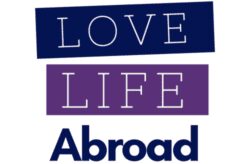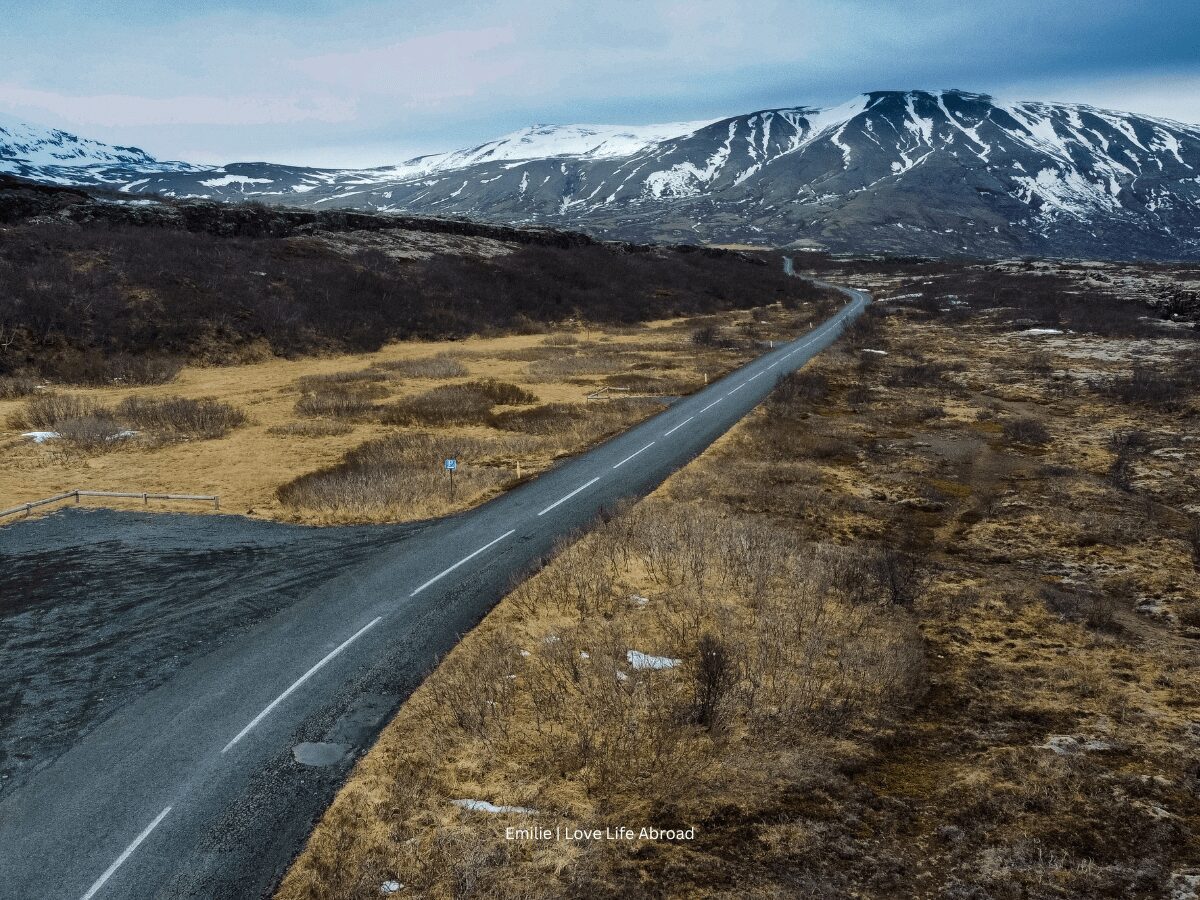Are you looking for a detailed self-drive Golden Circle itinerary?
Most travelers will drive on the Golden Circle when in Iceland. In fact, the Golden Circle is one of the most popular routes for visitors. It covers about 300 kilometers and loops from Selfoss (or Reykjavik) into central Iceland and back.
This route takes you to three stunning natural attractions: the Thingvellir National Park, the Geysir Geothermal Area, and the Gullfoss Waterfall. And a few more hidden gems.
In the article, I’m sharing our 2-day itinerary for making the most of the Golden Circle. Note that it’s possible to make the drive in one full day and do a guided day trip from Reykjavik (I’m also giving you some options).
But I recommend taking your time and slowly enjoying the beauty of the Golden Circle.
Disclaimer: Just a heads up, this free article contains affiliate links. If you purchase after clicking one of these links, I may earn a small commission at no additional cost. Also, as an Amazon Associate, I earn from qualifying purchases. Your support helps me continue to provide helpful and free content for you.
Below is a detailed and multi-day Golden Circle itinerary. It’s a loop from and to Reykjavik. But don’t worry; you’ll also find a one-day itinerary if you’re limited in time and still want to experience the Golden Circle.
Golden Circle Itinerary Map

Day 1: Thingvellir National Park & Laugarvatn Fontana
Start your day early by driving away from Reykjavik toward Thingvellir National Park, one of Iceland’s only two national parks.
Thingveller National Park
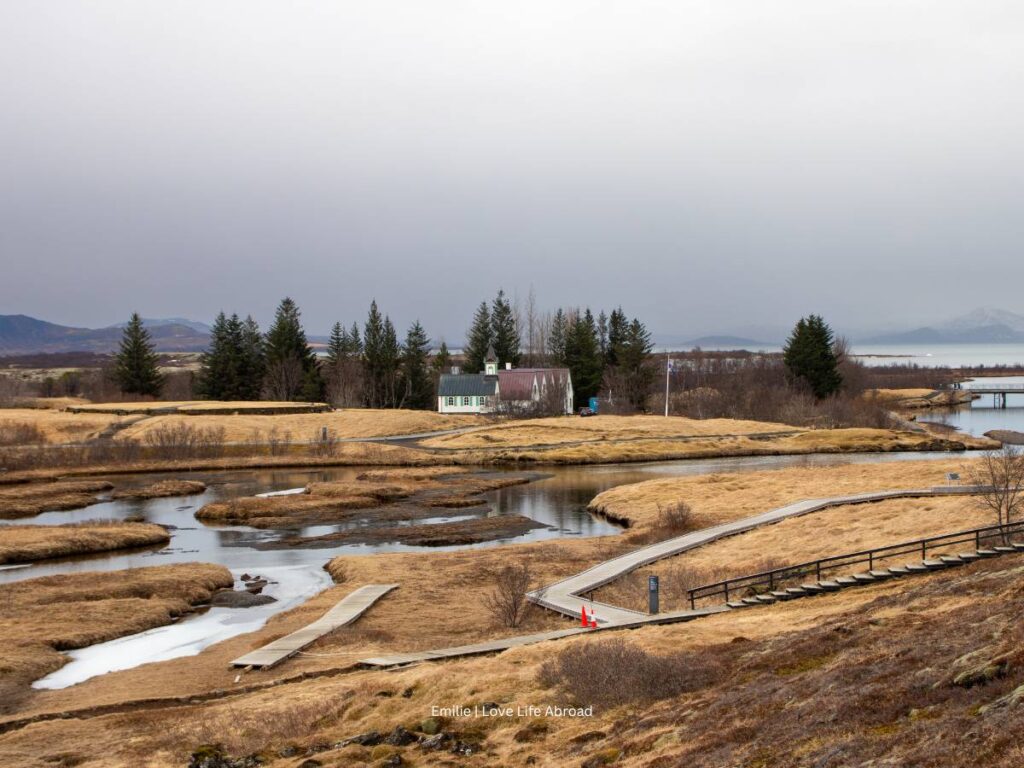
If you’re used to national parks like Glacier National Park in the USA or Banff National Park in Canada, you might not be as in awe, but it’s still a pretty cool place.
Thingvellir National Park in Iceland is unique for several reasons that make it a must-visit destination on the Golden Circle route:
- Thingvellir is a visual representation of tectonic plate movements. The park sits on the rift valley between the North American and Eurasian plates slowly drifting apart.
- Thingvellir is the site of Iceland’s first Parliament, known as the Alþingi, established around 930 AD. It symbolizes the foundation of Icelandic democracy and is one of the earliest forms of parliamentary government worldwide.
- The park is home to the largest natural lake in Iceland.
Thingvellir National Park has a couple of things worth seeing.
First, park at the visitor center (Parking P1). It’s a paid parking lot (1000 ISK—$10.00 CAD).
Then, start walking into the seismic rift valley. This place marks the border between the two continents. On this trail, you’ll see:
- Lögberg. This was the focal point of assembly in the early days of Iceland.
- Öxarárfoss. This is a 13 m high waterfall.
- Thingvellir Church. A charming little church built in 1859.
- Silfra Fissure. It’s where you can dive and snorkel in a crack between the tectonic plates filled with crystal-clear glacial water.
Here is the detailed map from the Thingvellir National Park website.
Following the walking path, you can make all the recommended stops. It’s a quick and easy walk that most people can do. Plan to spend a few hours in the park, but it won’t be a full-day exploration.
When you are ready, start driving to Laugarvatn Fontana. It’s a 30-km drive.
Laugarvatn Fontana

Laugarvatn Fontana is a wellness retreat and spa. One of the unique features of Laugarvatn Fontana is the access to Lake Laugarvatn. After soaking in the hot pools, you can dip in the lake’s cool waters, which is a refreshing contrast after the warm baths.
Insider Tip: Geothermal Bread Making
Try to make it to Laugarvatn Fontana for the 2:30PM geothermal bread-making guided tour. During our trip, we could not do the tour as it was sold out (we didn’t want to book in advance), but it looked like a fun experience. We did test the geothermal bread with trout. It was delicious. We also walked around the area where they made the bread.
Their famous geothermal bread is slow-baked in the hot earth, which gives it a uniquely dense texture and sweet flavor.
Depending on how long you stay at the geothermal pools, you might want to stop here for the day or continue further. A campsite and hotel are nearby if you stay the night at Laugarvatn Fontana. Note that the campsite is only open during the summertime).
Day 2: Bruarfoss Falls, Geysir, Gullfoss, Kerid Crater
Start your day early with a hike to Bruarfoss Falls.
Bruarfoss Falls
You can either park in the parking lot at the intersection of Route 37 and walk 3.5 km (one-way) to the waterfall or drive on the gravel road to the parking lot next to the waterfall.
Note that there is a fee for parking in the lot. It’s 750 ISK—$7.50 CAD.
We decided not to stop at Bruarfoss Falls during our visit. It was windy and the kids didn’t feel like it.
Then head to Geysir.
Geysir
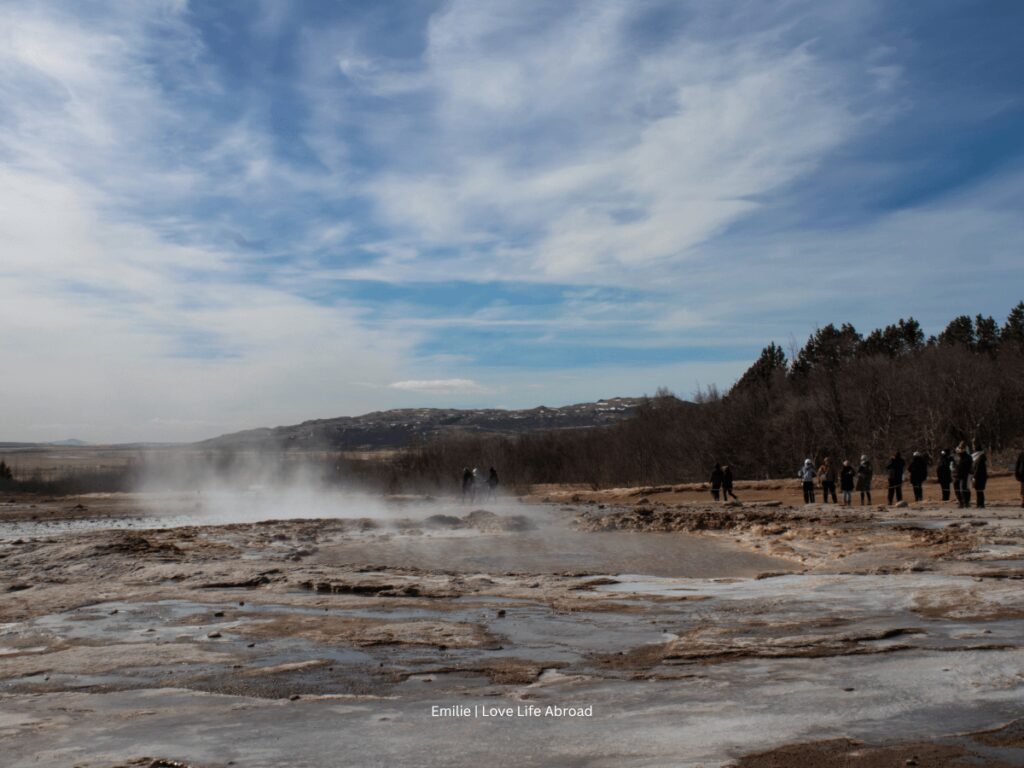
Geysir, also known as The Great Geysir, is a famous hot spring. It’s one of the earliest documented geysers in Europe and has been active for approximately 10,000 years.
Geysir eruptions can hurl boiling water up to 70 meters in the air, but they have become infrequent in recent decades. The geyser was once known for its reliability, but tectonic activity and human intervention have reduced its activity.
But the nearby geyser Strokkur is much more active. Strokkur erupts every few minutes, often reaching heights of 15 to 20 meters and sometimes up to 40 meters.
But when we visited, it sadly didn’t go really high. We almost missed it. It wasn’t anything like Old Faithful at Yellowstone National Park, but it was still a fun experience. According to my son, it’s because it was too windy that it didn’t go as high. 🤔 🤔
I recommend doing the entire Strokkur – Geysir – Blesi walking trail. It’s a 2.3-km out-and-back trail where you’ll see the geysir and also the hot springs, with beautiful views.
Sadly, we didn’t do the entire trail because it was so windy. Icelandic winds are no joke.
Then, it’s time to see the famous Gullfoss Falls.
Gullfoss Falls
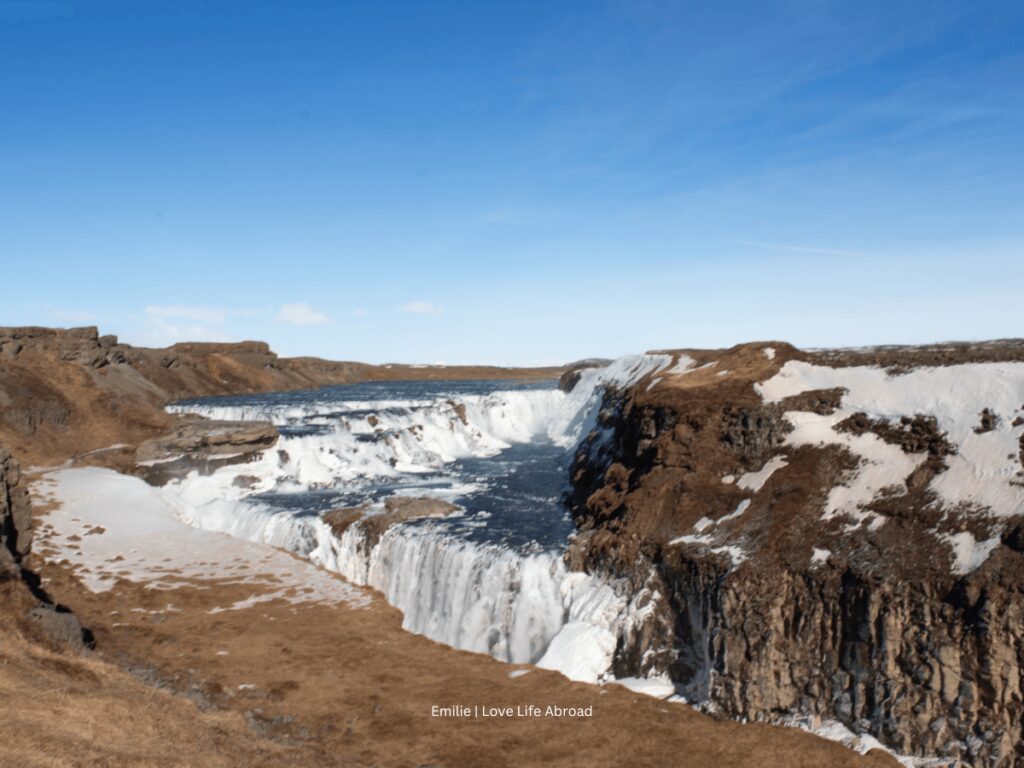
Gullfoss has two steps that dall at 90-degree angles, making a dramatic two-tiered cascade. The canyon’s walls reach up to 70 meters in height.
There are a few different viewing platforms, so I recommend taking the time to see them all and have unique and different perspectives of this impressive waterfall.
When you are ready, go to Friðheimar.
Friðheimar

Friðheimar is a farm operated by an Icelandic family. They breed Icelandic horses and grow vegetables, especially tomatoes. When you stop there, you must try the tomato ice cream.
Yes… You heard me right: a tomato ice cream. 🍨
It’s unique and a bit strange, but it was surprisingly good. It’s served with two types of sauces: one made of green tomatoes and vanilla and the other of Piccolo tomatoes and strawberries.
It’s pretty expensive (about 20,000 ISK—$20.00 CAD) for one tiny serving. We shared one with the family (also because we were not sure if we would like it).
⏰ Extra time? If it’s still not too late in the day, you might want to make a detour to the Secret Lagoon. It’s the oldest swimming pool in Iceland. It also offers a more rustic and less touristic experience than the Blue Lagoon.
Skálholt Cathedral

On your way back toward Reykjavik or down the South Coast, you’ll quickly detour off the main Golden Circle to admire the beautiful Skálholt Cathedral.
It’s possible to visit the church and look around. The basement apparently also contains a museum and an ancient underground tunnel, but we haven’t ventured in, so I can’t say much about it.
Outside, next to the cathedral, is a remake of the chapel Þorláksbúð. The original chapel was destroyed in 1785 in one of the worst earthquakes in Icelandic history.
Kerid Crater
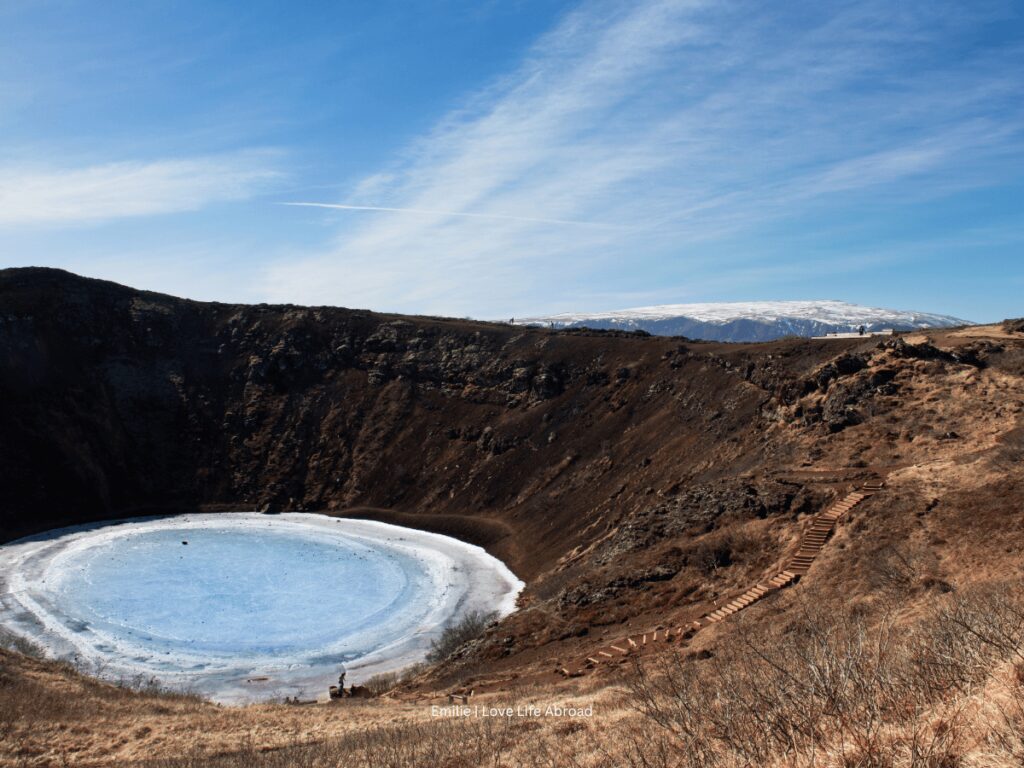
The last stop on this Golden Circle itinerary will be the Kerid Crater. There is a small entrance fee (500 ISK per adult, Which is free for kids).
The Kerid Crater is an old volcano that erupted over 3,000 years ago. After the eruption, the top part collapsed, and now it’s a cool crater.
The crater is about 270 meters wide and 55 meters deep. At the bottom, there’s a lovely lake with water that looks bright blue or green depending on the sunlight. The sides of the crater are steep and have colorful layers of red and black rock that show where the lava once flowed.
You can walk around the top edge of the crater to get a great view from all sides. If you want a closer look, there’s also a path down to the lake. It’s a nice place to take a short walk and take some
It was so windy at the top of the crater when we visited.
⏰ Extra time? If you have a little more time, I would recommend stopping in Hveragerði. You can go to the Geothermal Park, and do the epic hike to the Reykjadalur Hot Spring Thermal River.
Golden Circle one-day itinerary

It’s possible to drive around the Golden Circle in one day. If you do so, you might need to stick only to the main attractions: Kerid Crater, Gullfoss waterfalls, Geysir, and Thingvellir National Park.
Not interested in a Golden Circle self-drive itinerary? Look at those tours from Reykjavik
- Reykjavik: Golden Circle Full-Day Tour with Kerid Crater: A full 8-hour Golden Circle tour by bus from Reykjavik, with stops at Kerid Crater, Gullfoss Waterfall, Geysir, Thingvellir National Park.
- Reykjavik: The Golden Circle Day Tour: A 6.5-hour Golden Circle tour from Reykjavik, with stops at Gullfoss Waterfall, Geysir and Thingvellir National Park.
Accommodation on the Golden Circle in Iceland: Where to stay?
Throughout the Golden Circle, you’ll find farm stays, cabins, and cottages that offer a more secluded and intimate experience. These are perfect for enjoying the natural surroundings and often provide opportunities to interact with local wildlife.
Litli Geysir Hotel: This hotel is located only 200 metres from the world-famous Geysir hot spring in Iceland’s Haukadalur Valley. It offers an in-house restaurant, free Wi-Fi, and free parking.
Hotel Gullfoss:This highland hotel offers a restaurant with traditional Icelandic lamb and seafood dishes. Located by the Hvita River, it is just 3 km from Gullfoss Waterfall. WiFi is free.
Hótel Laugarvatn: This hotel is 15 minutes’ drive from Thingvellir National Park. It has free WiFi and parking. It’s located next to the Fontana Laugarvatn.
Where did we stay? For our trip to Iceland, we rented a campervan from Happy Campers and did camping most of our stay in Iceland. We stayed at the campsite from Uthlid Cottages, a few minutes away from Geysir. It was a great area with an indoor lounge, outdoor pool, hot tub, and on-site restaurant.
F.A.Q
Where is the Golden Circle in Iceland
The Golden Circle is located in the southwest part of Iceland. It starts and ends in Reykjavik, making it an easily accessible route for those staying in or near the capital.
What is the Golden Circle in Iceland
The Golden Circle is a loop that allows visitors to see some of Iceland’s most famous natural wonders and historical sites:
- Þingvellir National Park: Known for its importance in Icelandic history as the site of the world’s first parliamentary assembly, the Althing, established in 930 AD. The park is also a geological wonder, situated in a rift valley where the North American and Eurasian tectonic plates are pulling apart.
- Geysir Geothermal Area: Home to hot springs, including the famous Strokkur geyser, which erupts every few minutes, shooting hot water up to 30 meters in the air.
- Gullfoss Waterfall: A powerful waterfall that drops in two stages into a deep canyon, creating a spectacular view and often a rainbow in sunny weather.
How long does it take to drive the Golden Circle
The Golden Circle is a popular tourist route in southern Iceland, near the capital city of Reykjavik. It covers about 300 kilometers and includes three primary stops: Þingvellir National Park, the Geysir Geothermal Area, and Gullfoss Waterfall. These sites are famous for their stunning natural beauty and historical significance.
Where is the Golden Circle in Iceland?
The Golden Circle is located in the southwest part of Iceland. It starts and ends in Reykjavik, making it an easily accessible route for those staying in or near the capital.
What is the Golden Circle in Iceland?
The Golden Circle is a loop that allows visitors to see some of Iceland’s most famous natural wonders and historical sites:
- Þingvellir National Park: Known for its importance in Icelandic history as the site of the world’s first parliamentary assembly, the Althing, established in 930 AD. The park is also a geological wonder, situated in a rift valley where the North American and Eurasian tectonic plates are pulling apart.
- Geysir Geothermal Area: Home to hot springs, including the famous Strokkur geyser, which erupts every few minutes, shooting hot water up to 30 meters in the air.
- Gullfoss Waterfall: A powerful waterfall that drops into a deep canyon in two stages, creating a spectacular view and often a rainbow in sunny weather.
How long does it take to drive the Golden Circle?
Driving the Golden Circle without stops would typically take about 3 hours. Still, most visitors spend a whole day exploring the route to allow time to enjoy the sites, take short hikes, and potentially add a few extra stops like the Kerid Crater. The journey, including stops, usually takes 6 to 8 hours, depending on how long you spend at each site and the travel conditions.
Final Thoughts:
Driving the Golden Circle is a must-do because it’s easy to reach these iconic spots in just a day trip, and they show off some of the best scenery and natural wonders Iceland has to offer.
Thingvellir is important both for its beauty and its history as the site of Iceland’s first Parliament. Geysir is famous for its erupting hot springs, especially the active Strokkur geyser that shoots water up every few minutes. Gullfoss, or the ‘Golden Falls,’ is a breathtaking waterfall that plunges into a crevice in the Earth.
